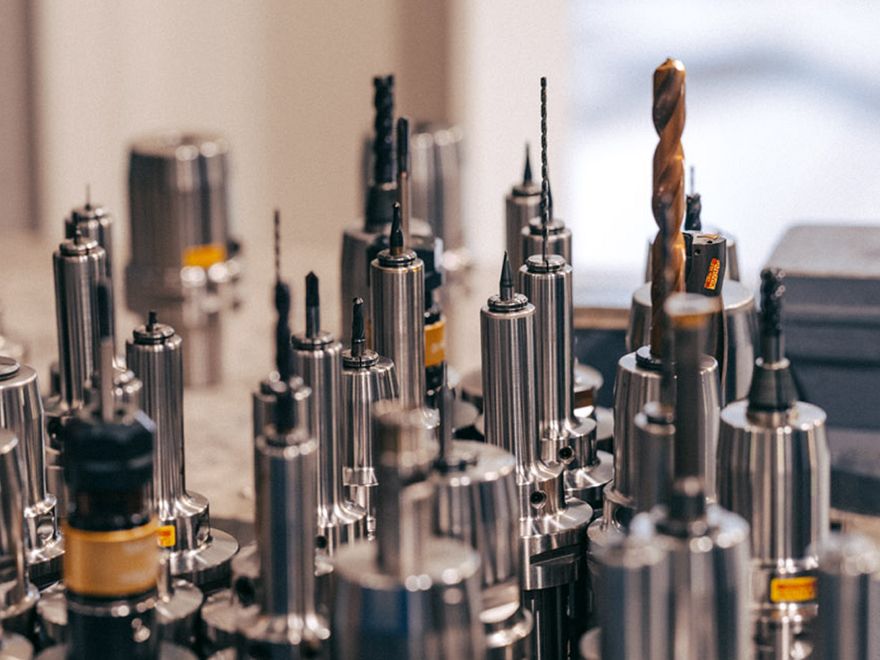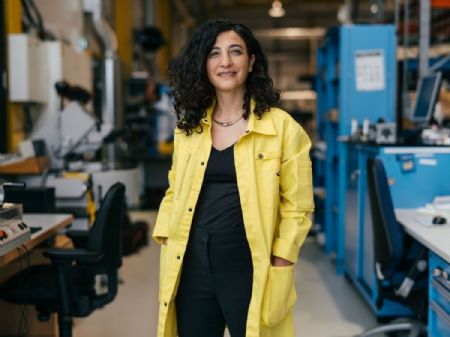
In light of recent technological advances, investing in groundbreaking technologies would appear to be an obvious strategy for any business. However, with markets continually fluctuating, rather than striving for the most high-tech solutions, the ability to adapt production to current and future demands is probably a safer route to navigate. In this article, Blasius Reschreiter,
Sandvik Coromant’s global manager of machine tool solutions, takes a closer look at flexible approaches to workshop machinery.
He said: “Machine tool and cutting tool development is rapidly progressing. However, this can involve considerable investments, requiring time, capital and somewhat secure predictions for future demands. If the market situation and business forecasts are unsure, major investments might not be an option.
“When your primary goal is to stay in cost reduction mode and to handle a temporary market downturn, a key consideration should be to investigate your current workshop, to make use of existing machines and existing capacity and, preferably, without dramatically increasing overhead costs.
“Another consideration is productivity. Often, we put our focus on achieving maximum metal cutting efficiency. Metal removal rate is one way of measuring efficiency when producing parts. However, what can be an even more important aspect to consider is machine utilisation. In an average machine shop, only 50% of a machine’s in-use time is used for machining. Breakdowns, changeovers and maintenance consume the remaining 50%.”
Cost-effectiveMr Reschreiter continued: “Increasing machine utilisation is a cost-effective way to boost productivity and make use of the capacity already available. This should be measured as a percentage of the time that the machine is actually producing components. Pushing up active machining time by only a few percentage points makes a big difference.
“Increased machine usage can be attained by working actively with typical time killers often appearing in a common workshop related to these areas: batch set up, measuring the component in the machine, tool setting, coolant pipe setting, changing worn tools, chip removal around tools and workpieces or blocked conveyors and component change-over.”
Two key approaches to overcome this type of challenge are to work with quick change tooling and modular systems. By applying quick change and modular solutions, machine utilisation can be greatly increased.
A quick-change solution can reduce time spent on measuring, set-up and tool change, allowing for drastically improved machine utilisation. Through-coolant delivery helps to further maximise productivity. There are several benefits with quick change that support keeping ‘the green light on’, including reducing batch change-over time. Changing time from one style of tool to another is dramatically reduced using quick change — up to 10min can be saved in one typical turning operation.

Mr Reschreiter added: “Increasing the number of tool positions with double tool holders can also help. Turning centres with driven tool holders often have limited space. Using double clamping units allows either sister tooling or an increased variety of tools, thereby reducing the tool change requirement for a wider range of components. Double clamping units can be used when the machine has a Y-axis, half-turret or sub-spindle. There is also potential to reduce downtime when changing worn-out tools. Every time a solid carbide tool with a driven tool holder is changed, the tool offset needs to be recalibrated. With indexable mills and drills, multiple inserts need to be changed. Using sister tool and changing the cutter outside the machine is much quicker. For static tool holders, being able to remove the tool ensures improved maintenance of the tool, correct mounting and no unexpected stops due to needs for spare part purchases.”
Time-saving exerciseIn addition, eliminating coolant pipe setting can also prove to be a time-saving exercise. When operators are setting the coolant pipe direction, it normally takes two to three attempts to get it right. Poor chip control often then knocks the pipe which means that setting is quite a regular occurrence.
Lastly is improving the speed of production start-up. By eliminating the ‘first-test component’ or ‘measuring cuts’, scrap is reduced and the production rate increases. Over the course of a year, the use of quick change will result in significantly higher component production and reduced scrap.
Mr Reschreiter explained: “Besides from a significant increase in machine utilisation, quick change also brings many benefits for the operator, such as user-friendliness and a more ergonomic working environment. For example, changing tools outside the machine reduces accidents, errors and searching for dropped parts. Another strategy for keeping your machines running is modular solutions. A modular system offers a large variety of tool assemblies with different characteristics, decreasing the need for costly, customised tools with long delivery times. Modular tooling helps to avoid spending on separate tools for each machine, component and feature.
“The benefits that modular tooling systems bring are flexibility, reduced tool inventory and multiple tooling combinations, all contributing to increased machine utilisation. The ability to maintain continuous production for a long period provides the flexibility needed to make your workshop better equipped to handle changing market conditions.”
Four applications where modularity has proven to be extra valuable include reaching difficult to access features, stability in vibration prone operations, small or varying production and extra clearance when machining large components.
Mr Reschreiter concluded: “While it is certainly true that the ‘pace of change has never been this fast’, various strategic approaches have emerged to ensure adaptability and bolster financial gains in a continuously evolving market landscape. Enhancing machine utilisation, reducing changeover time and investigation into modular systems all contribute significantly to increasing the flexibility of machine shops.”